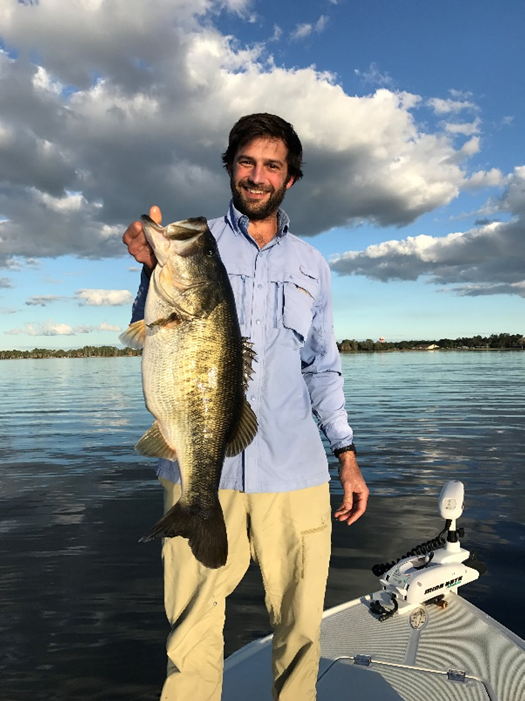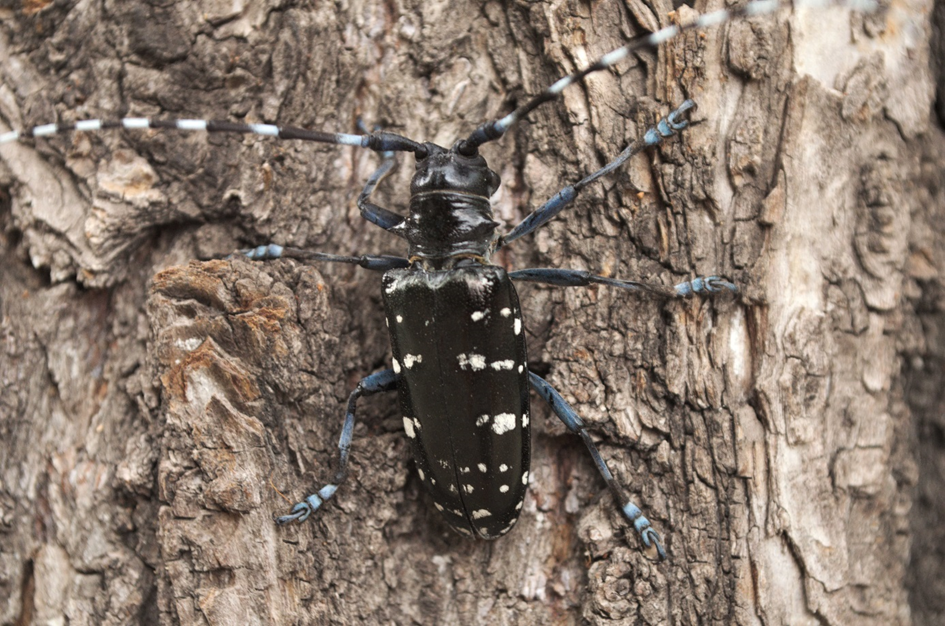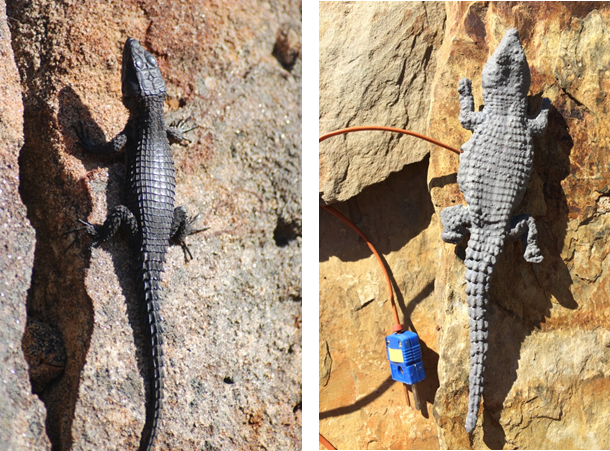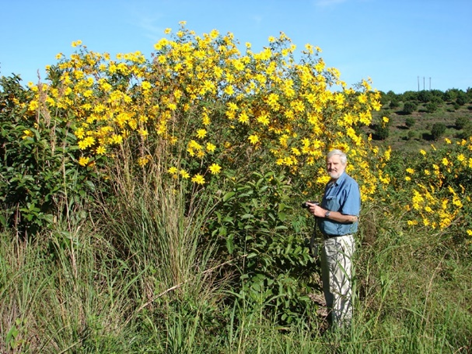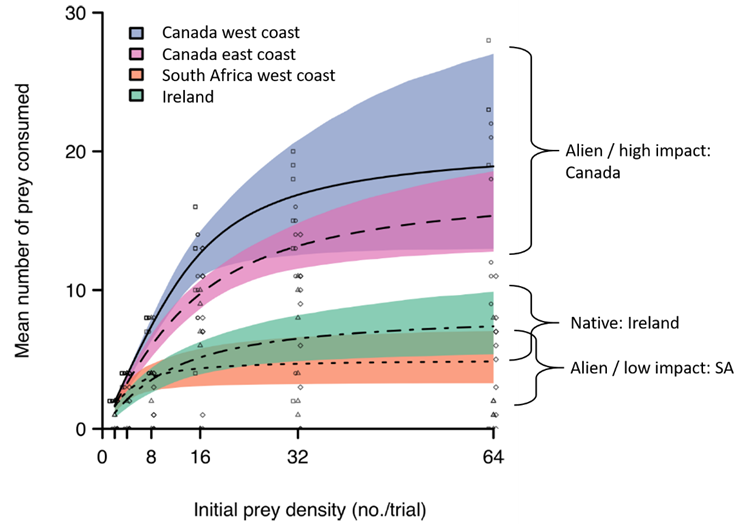Refining the distribution of co-occurring invasive sportfishes and their hybrids
Multiple species of black bass (a collective term that refers to members of the genus Micropterus, including Largemouth Bass Micropterus salmoides and Florida Bass Micropterus floridanus) have been introduced into southern Africa and form the basis of an important recreational fishery.

